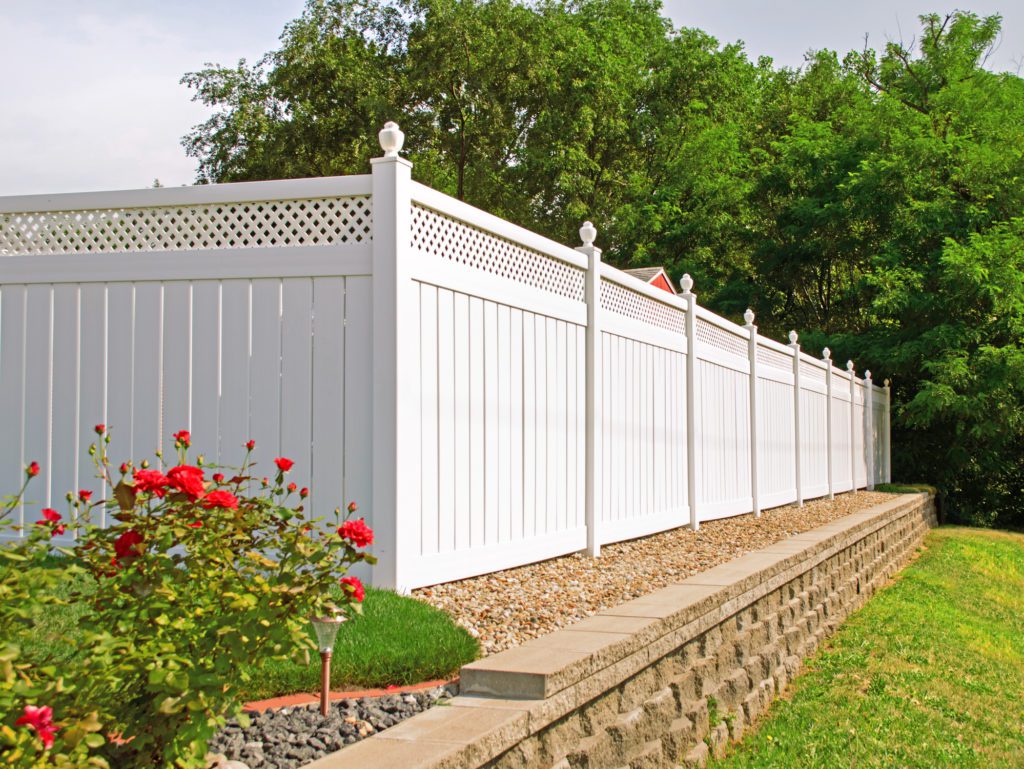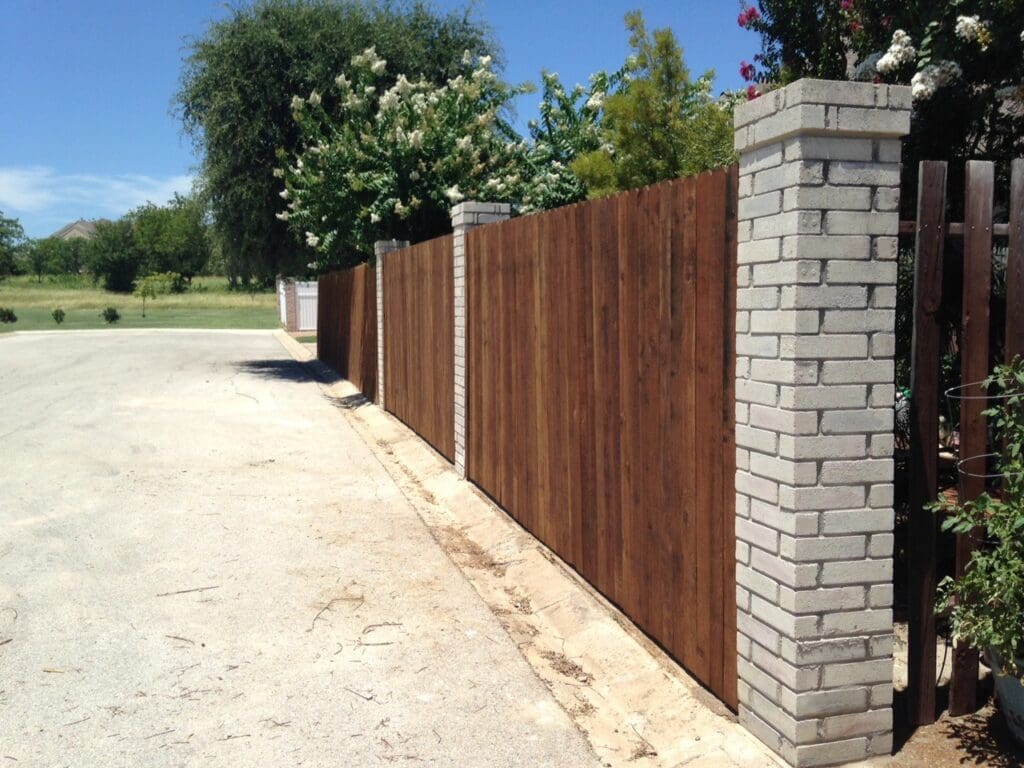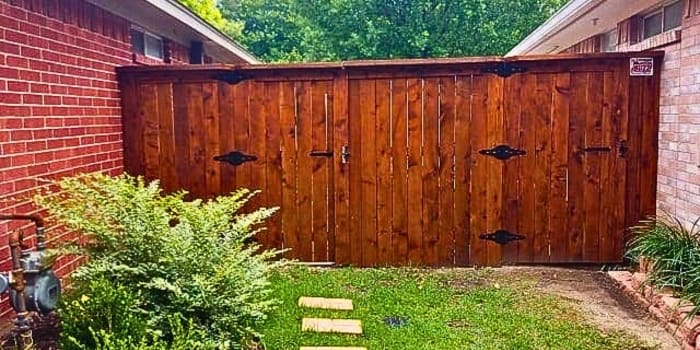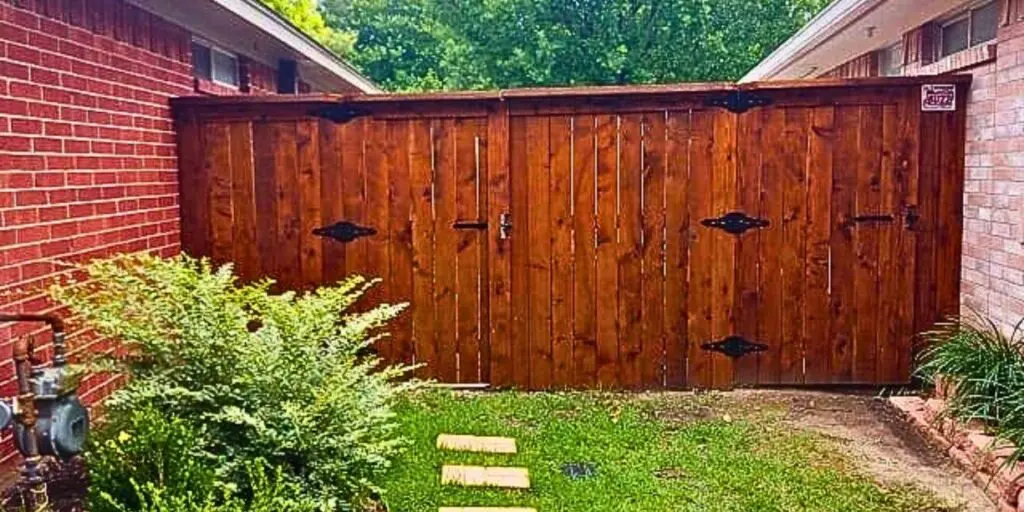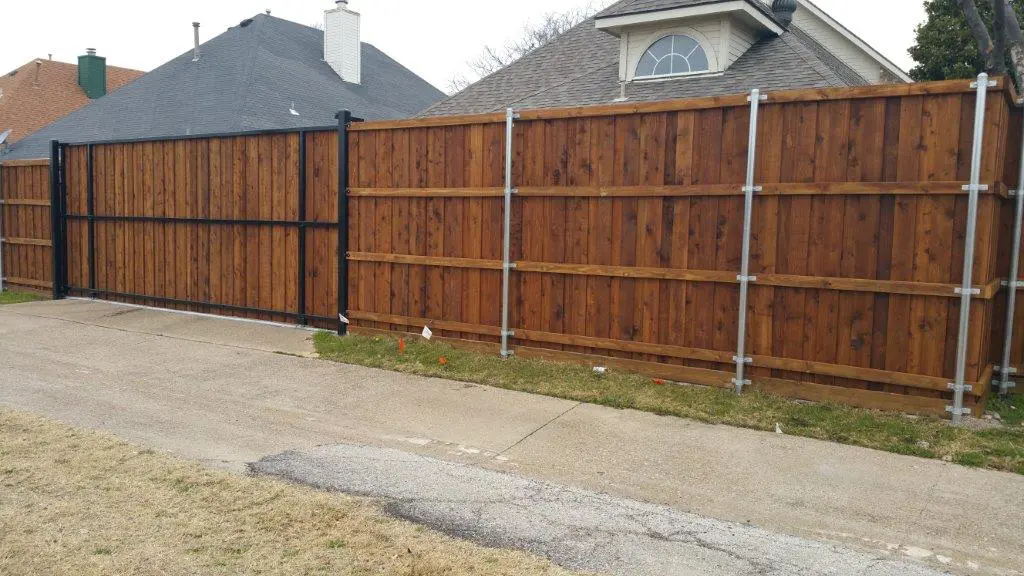You know they’re out there: Voracious little bugs intent on destroying your precious fence. This week we’ll address the top three questions we get about these many-legged vandals.
1. What kind of insects want to eat your fence?
Wood-destroying insects fall into four categories: carpenter ants, bark beetles and woodborers, termites and powderpost beetles. Termites are the most voracious destroyers of fences in the Lone Star State, but we also face wood-infesting beetles and carpenter ants.

Most of us are (unfortunately) familiar with termites. So let’s get to know some of these other bugs:
Carpenter ants: They’re big, they’re black, and they want to steal pieces of your fence and house to build their nests. Their favorite food is wood. Especially old wood. Yum.
Deathwatch beetles: Okay, just the name alone is enough to make us want these guys NOWHERE NEAR our house. This little derelict is grayish-black with splotchy quarter-inch wings. People once thought the clicking sound the males made to attract mates was a countdown to death. Sexy. They want to eat your house, your fence and your furniture.
Powderpost beetles: As if it’s not enough to worry about powderpost beetles making pin-sized holes in our fine wood and leaving sawdust around, we also have to contend with similarly destructive false powderpost beetles. Obviously, we live in an unjust world. And if you ever believed children are innocent, we’re going to dash your worldview by telling you it’s the powderpost larvae who are eating your fence.
Old house borers: These spotted, gray-brown beetles with elegantly curved antennae are tricky. From their name, you’d think you’re safe in your modern house. But these guys love to gnaw on new houses made of pine or softwoods.

2. How do you spot the little buggers?
Jeez, are these guys living in your house and yard? Here’s how to tell.
Damaged wood is your number one clue. Depending on the bug, their handiwork looks different. Termites leave rough, gnawed wood. Carpenter ants make more professional looking round, smooth holes, and leave piles of “frass,” which looks like sawdust.
Carpenter bees chew lovely round holes to nest and lay eggs, and, if they feel threatened, the females will not only damage your wood but sting you for good measure.
3. How do you stop them?
Just like in medicine, you have over the counter and professional treatment options. If you want to buy sprays and baits at your home supply store, read the instructions carefully. Be very careful with small children and pets who may come in contact with these poisons. We like to leave insect massacring to the professionals, who are well-versed in safe chemical use. We recommend choosing a reputable extermination company with good word-of-mouth or online reviews.
We sincerely hope you do not fall victim of the scourge of wood-destroying insects. But if your fence is a casualty of the human-versus-bug war, Buzz can help with repairs or a whole new fence. Call us today and we’ll restore your fence to a thing of beauty.


